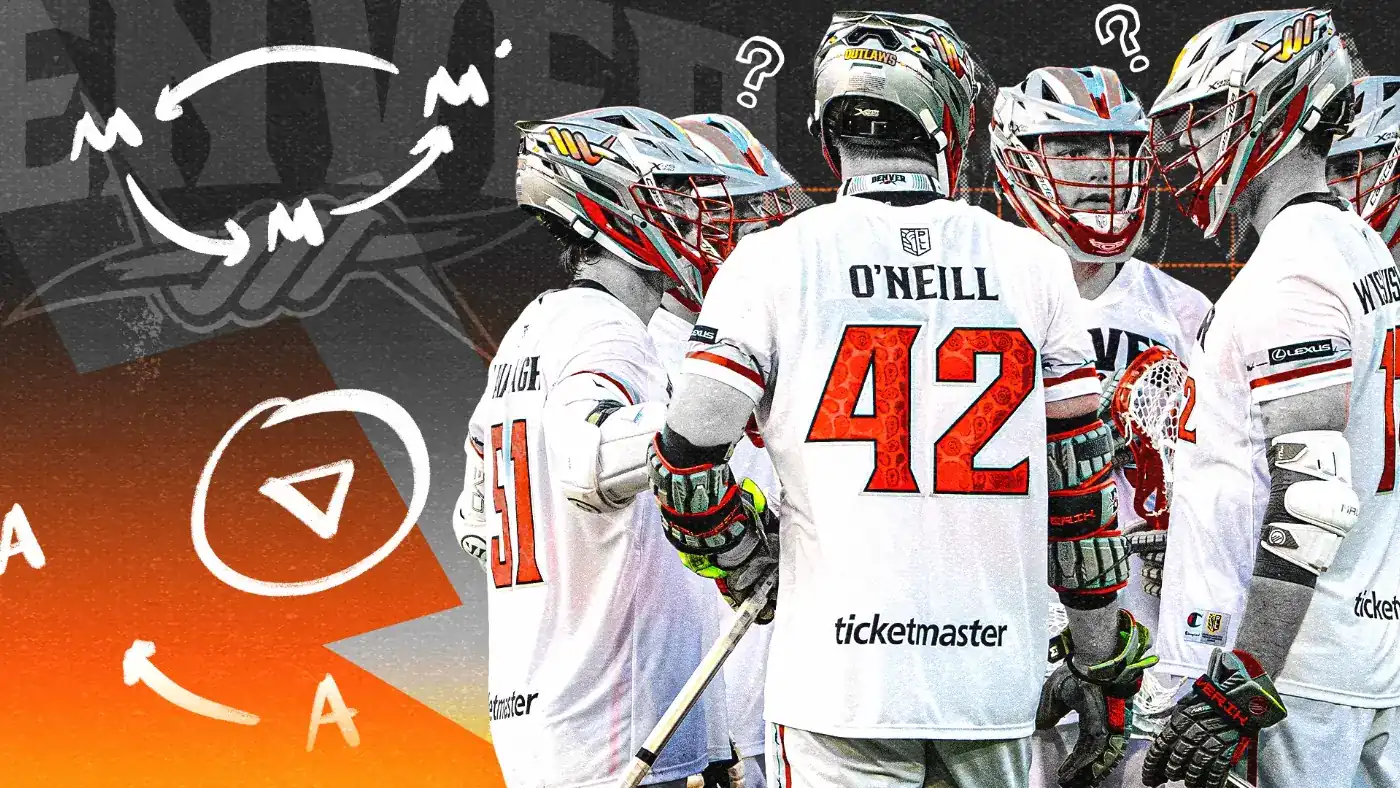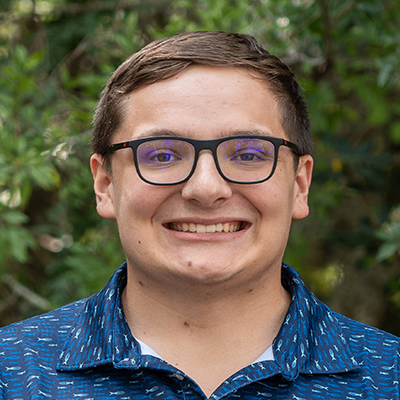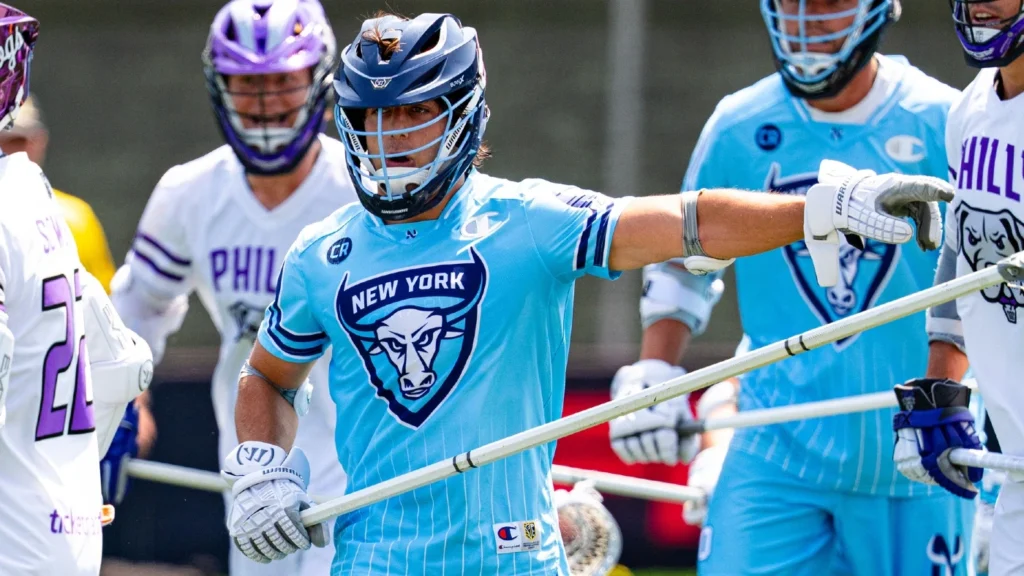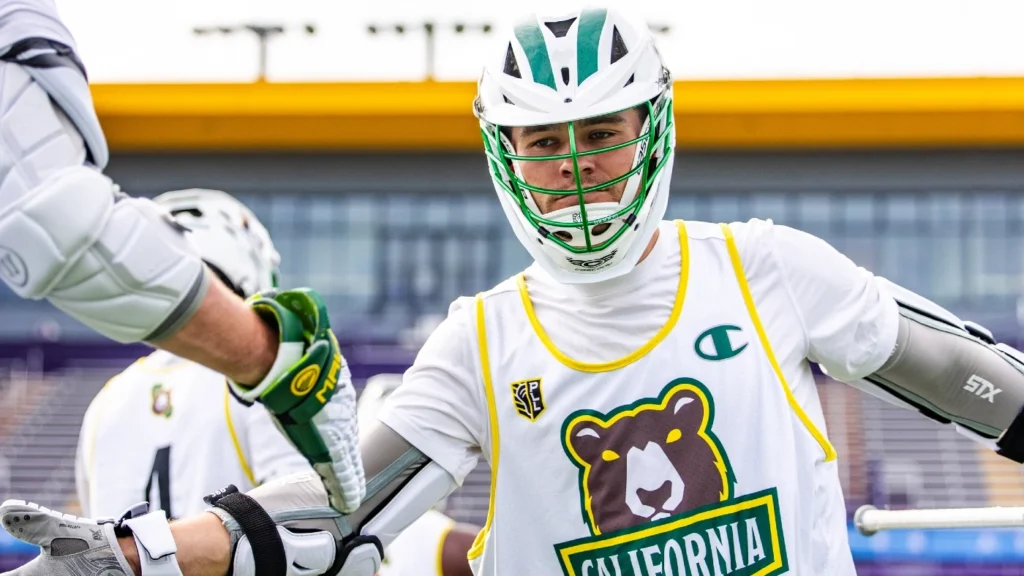The Denver Outlaws have a shooting problem.
No team in the PLL this season has a bigger gap between volume of shots and volume of goals. Through two weeks, Denver is averaging the third-most shots per game (47). But the Outlaws are also comfortably dead last in shooting percentage at 20.2% – more than half a percent worse than any other team.
Denver has the offensive firepower to rank among the league’s best units, but the shots aren’t falling. The top players are the ones seeing the bulk of the shots, too. Brennan O’Neill was criticized a year ago for taking too few shots, but he leads the league with 19 attempts.
Pat Kavanagh, the Outlaws’ marquee offseason acquisition, is also in the top 10 for shots taken with 14.
The right people are getting the shots, but are they getting the right shots?
Despite the high volume, Denver has the least healthy shot diet in the entire league. The Outlaws have the lowest assist rate (i.e. the percentage of shots that are assisted on) in the league by leaps and bounds at 23.4%, 11% worse than the next lowest team.
The best teams in the league consistently generate assisted shots. More assisted shots means open step-downs and dunks on the crease. Denver has the personnel to thrive off of off-ball chances and assisted looks, but neither Logan Wisnauskas nor Graham Bundy Jr. is getting those shots.
Bundy is the most extreme example. He was one of the best shooters in the league as a rookie, averaging four assisted shots per game en route to 15 goals (including six two-pointers). However, he only has three assisted shots total through two games.
Wisnauskas is getting even fewer looks, with only six shots of any kind through two games, though he’s also the team’s most efficient shooter at 50% so far.
Maybe the Outlaws could offset the lack of assisted shots with elite shooting off the dodge, but they’re not getting that, either.
Despite leading the league in unassisted shots – 36 attempts per game – Denver is shooting a league-worst 16.7% on those looks. Against the Carolina Chaos, the Outlaws consistently won matchups off the dodge but failed to bury the chances against Blaze Riorden.
Kavanagh is the best example of underwhelming unassisted shooting. He was switched onto favorable matchups multiple times against the Chaos, but as he battled against his defender, he was squeezed into bad spots and put shots right on Riorden, ultimately shooting 1-for-7.
When it comes to unassisted shooting, the percentages should eventually go up. Jared Bernhardt missed all five of his shots last weekend, but his ability in front of goal should improve as he shakes off the rust on the lacrosse field. Kavanagh won’t shoot this poorly forever.
The good problem for Denver is that it can generate the offense. Now, it’s about generating better offense.
Not every defense will force unassisted shots the way Carolina does, and as the Outlaws’ cavalcade of stars get hot, slides will come and open up looks for assisted shots. But finding ways to manufacture those shots will be key now and in the postseason when the defenses play tighter.
Last year, Josh Zawada was the de facto quarterback of the team. He led the way with 3.7 assist opportunities per game. Nobody is filling that role for the Outlaws yet. It was supposed to be Kavanagh, but he’s primarily dodged to score through two weeks.
Getting Kavanagh involved as more of a passer is the first step. Getting Wisnauskas involved is the next.
Unlike O’Neill, Kavanagh or Bernhardt, Wisnauskas does not need the ball in his stick for long to be effective. He hunts matchup with or without the ball, finds space to attack and moves the ball quickly.
For Denver to generate more assist opportunities, it needs to move the ball through the offense. Getting the ball into Wisnauskas’s stick more will move the ball more. And if the Outlaws can find Wisnauskas at the end of plays, as well, it will lead to more goals with his finishing ability.
There is some variability to shooting success in lacrosse. Blaze Riorden is not going to save 25 shots every week. Pat Kavanagh is not going to shoot 1-for-7 every game. But keeping the ball moving throughout the offense to make the game easier is the first step in unlocking Denver’s offensive potential.





